| Vietnam - France Business Forum attracts 400 delegates to attend Vietnam - Czech Republic Business Forum: Opportunities to promote trade and investment |
According to data from the Ministry of Industry and Trade , in the first 3 months of 2023, Vietnam's export turnover to the Chinese market reached 11.9 billion USD, down 11.3% over the same period in 2022. Compared to the first two months of 2023, the rate of decline has slowed down (January 2023 down 24.33%, February 2023 down 18.72%). This shows a positive signal in the export situation to this market. It is forecasted that in the second quarter of 2023, Vietnam's export turnover to China will have certain improvements.
Commenting on this prospect, Mr. Tran Quang Huy - Director of the Asia-Africa Market Department, Ministry of Industry and Trade, said that there are many "favorable" factors.
China has removed most of its anti-epidemic measures for people and goods entering and leaving the country, and importing and exporting goods from January 8, 2023. China's economy showed recovery from the first quarter of 2023 when it reached a growth rate of 4.5%, higher than most previous forecasts of major economic organizations in the world (only 4%).
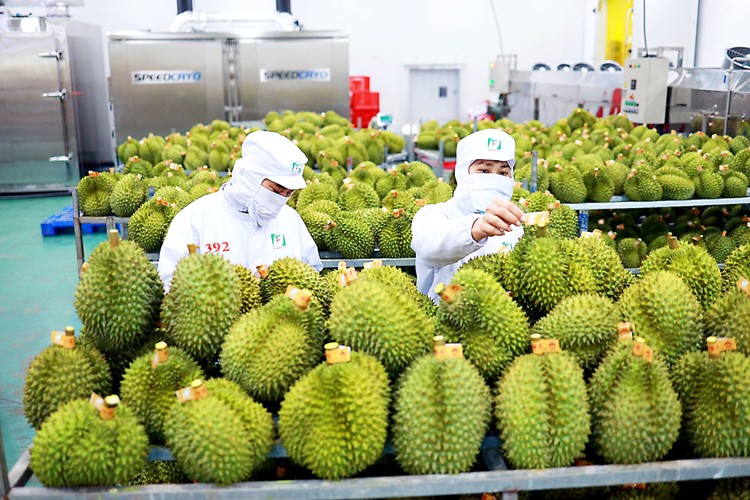 |
| Durian is an official export item to China. |
Customs clearance activities at Vietnam-China border gates continue to be stable, with improved clearance efficiency. In some localities with important border gates for bilateral trade such as Lang Son, Quang Ninh, and Lao Cai, the daily volume of goods cleared is basically equivalent to the pre-pandemic period.
“ The above favorable factors are expected to have a positive impact on the recovery of Vietnam's export and import activities from the second quarter until the end of the year ,” said Mr. Tran Quang Huy.
However, according to Mr. Tran Quang Huy, the challenge for Vietnam's exports is not small. The Chinese economy has set a plan and is aiming for high-quality growth, which means that China has and will continue to set higher requirements for the standards of both exported and imported goods.
With new trade policies in the billion-people market, Vietnamese enterprises have made efforts to adapt in recent times, but the pace is still slow. There are still Vietnamese enterprises that have been warned or have had their export qualifications suspended due to violations of Chinese regulations and import standards.
On the other hand, since the beginning of 2022, China has officially applied the management of registration of food production enterprises for export to this market according to Order 248. Immediately after that, Vietnamese ministries and branches, including the Ministry of Industry and Trade, have been very active in promoting and providing guidance. However, up to now, many businesses still do not understand the specific regulations and have difficulties in registering on this system of Chinese Customs.
Some businesses have registered growing area codes and packaging facility codes for export to the Chinese market but have not met all the conditions and still need to provide additional complete documents.
Especially with Vietnamese durian being officially exported to China, it is a good sign, but the overheated growth in scale and growing area in recent times is something that needs to be very careful.
Regarding durian, Mr. Dang Phuc Nguyen - General Secretary of the Vietnam Fruit and Vegetable Association also informed: Vietnam's growing area codes and packing facility codes are too small compared to the area. If China does not provide more, there will be a "bottleneck" in exporting this item to China.
At the same time, the illegal use of growing area codes is affecting the Vietnamese durian brand and the reputation of legitimate businesses every day.
To overcome the above challenges, the leader of the Asia-Africa Market Department recommends: Enterprises need to research and promptly complete registration procedures before exporting agricultural products and food to the Chinese market, including extending and updating business information (for old businesses that have registered and are still valid) on the CIFER system.
Coordinate with Chinese partners to diversify export routes, avoid concentrating on certain border gates or take advantage of the Vietnam - China sea and railway transport routes, minimizing the risk of congestion at border gates during peak season.
Carefully study information, signals, regulations and standards of the market, fully comply with conditions on business registration, quality standards, quarantine testing, packaging, traceability, etc.
In addition, businesses need to increase the application of high technology in production, processing, preservation; brand building, brand protection; participate in trade promotion activities...
Source




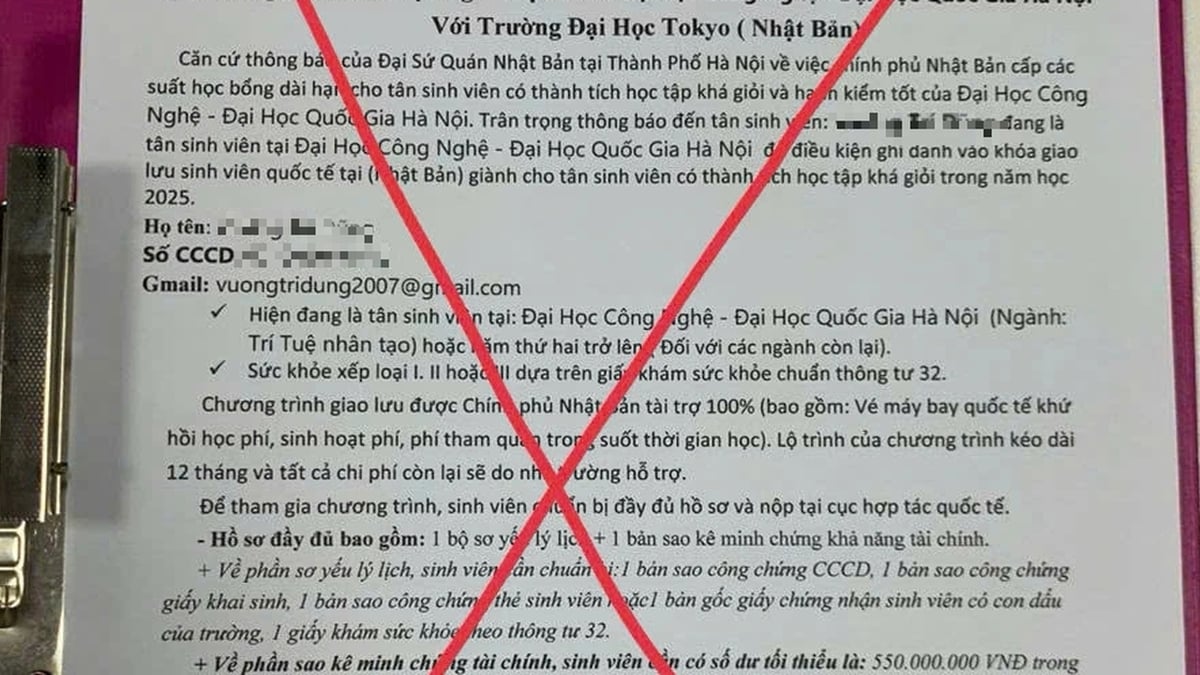

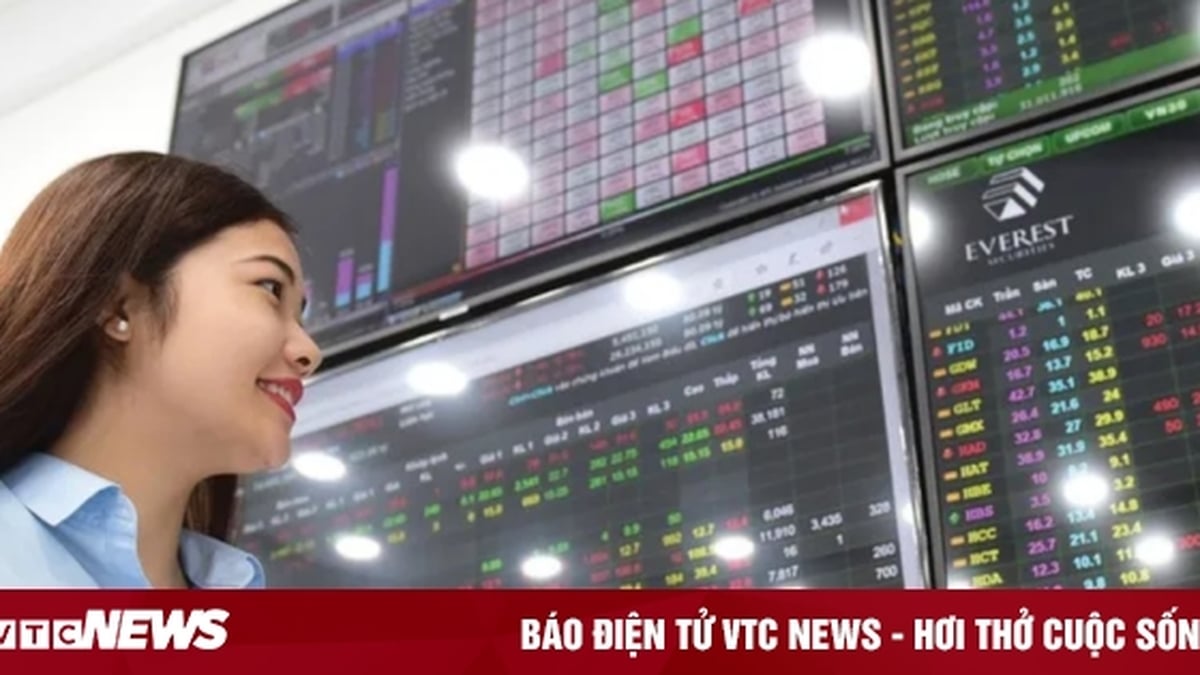
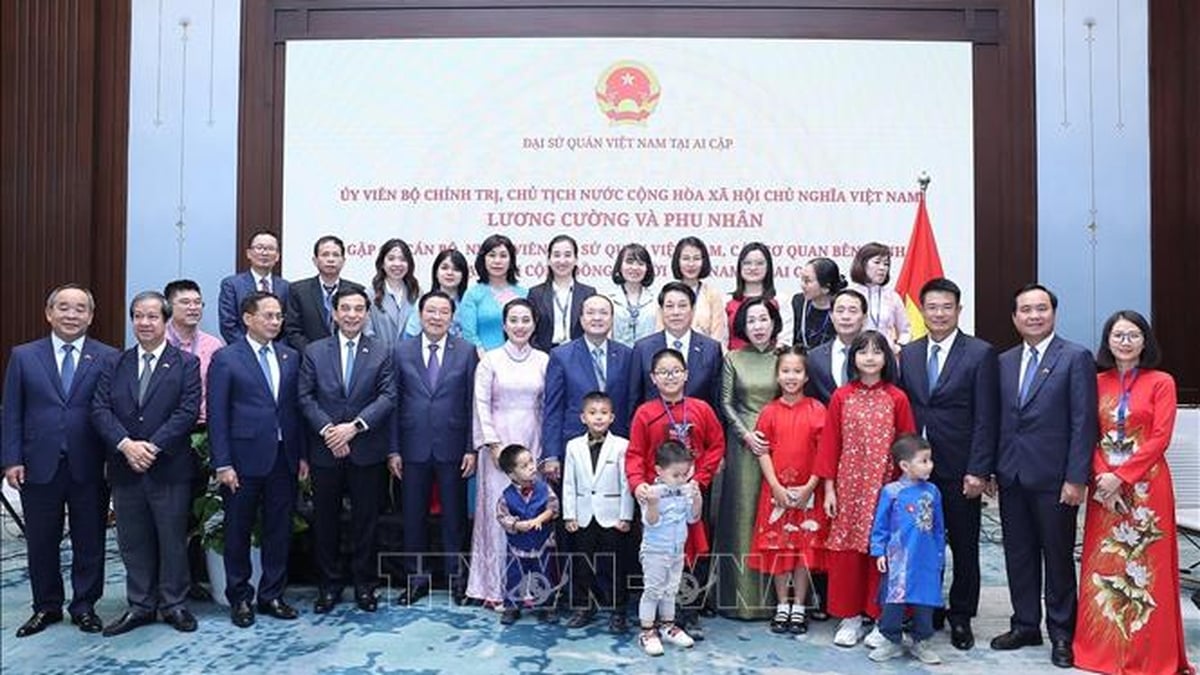

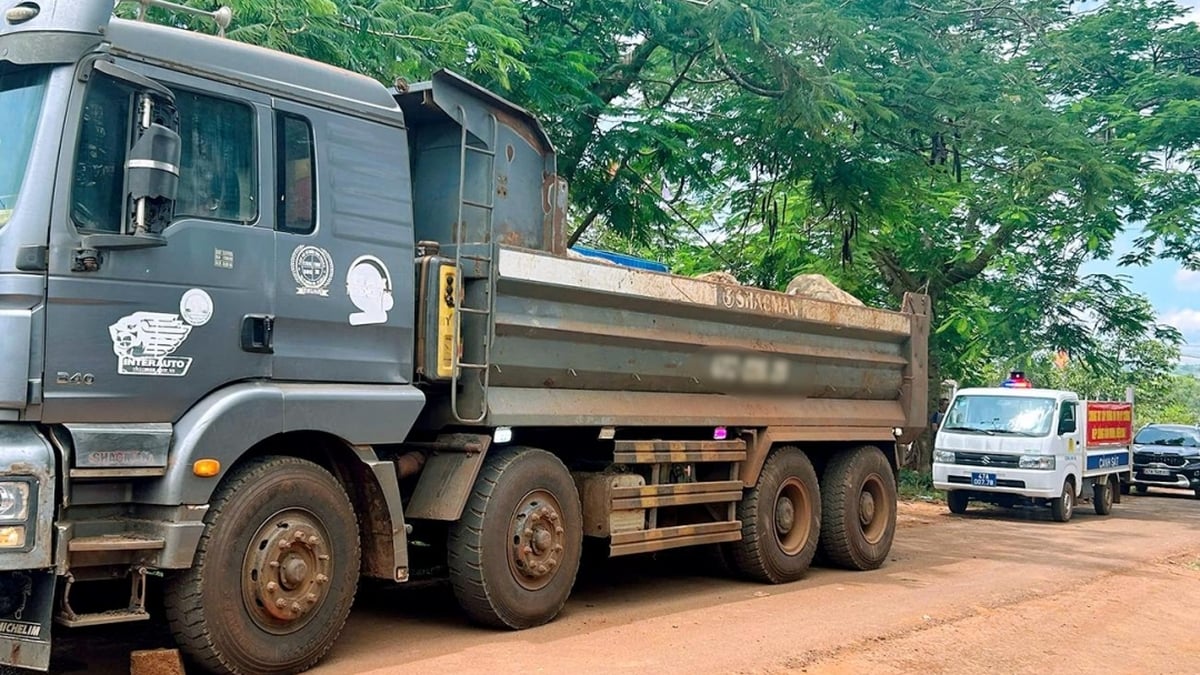





















































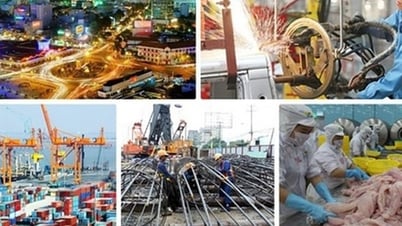


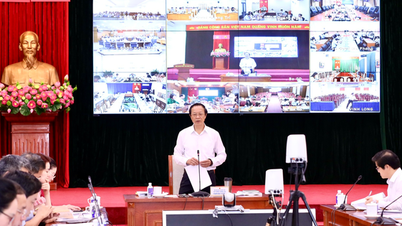
































Comment (0)